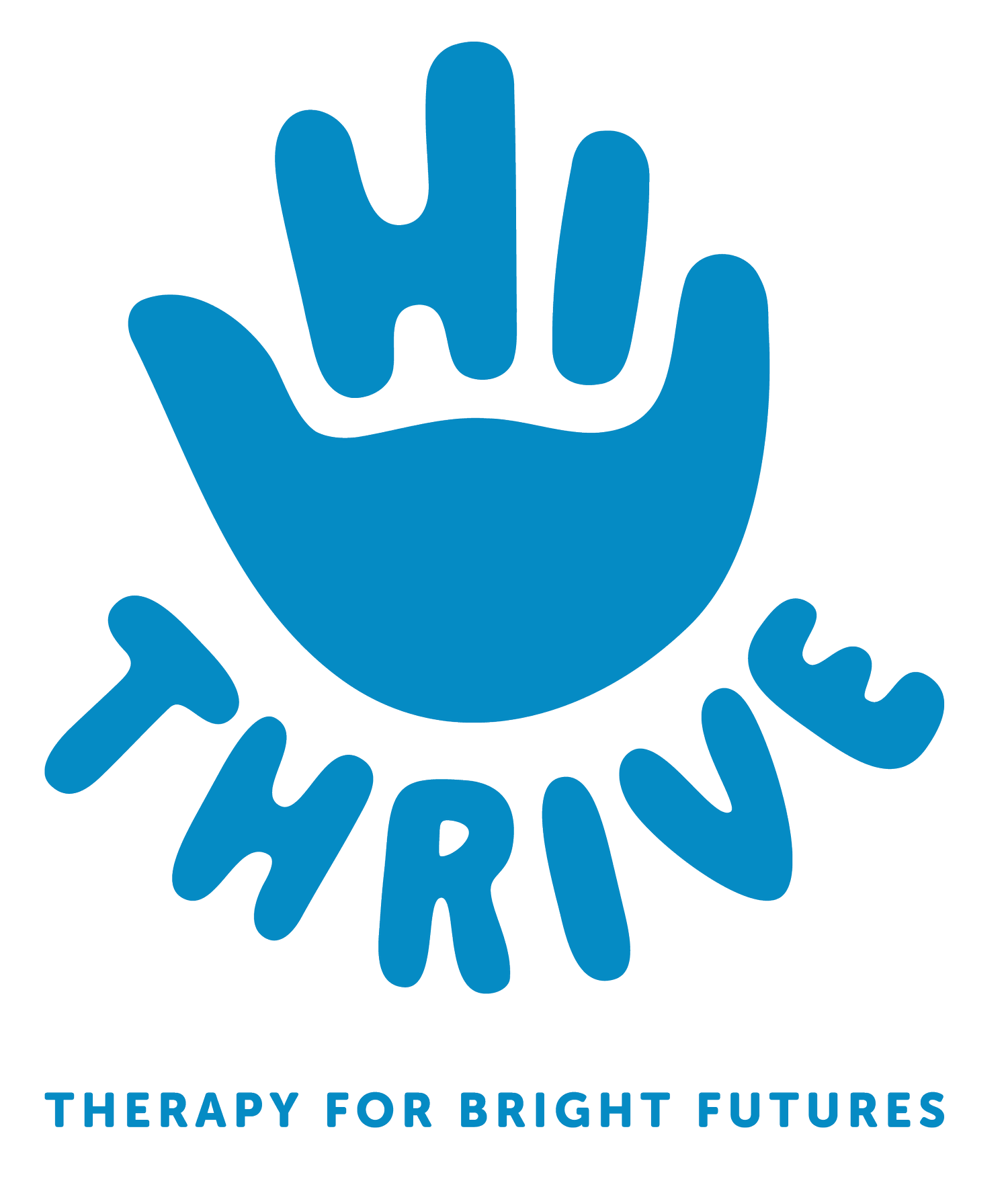Supporting Autistic Children Through Meltdowns: A Practical, Trauma-Informed Approach
Meltdowns can be highly distressing for autistic children and their families. These episodes are not a sign of bad behaviour, but a neurological stress response to overwhelming stimuli, often sensory, emotional, or environmental. When supported in the right way, children can recover more quickly, with fewer long-term impacts on their wellbeing.
Families looking for autism behaviour support, or searching for a neurodiversity-affirming occupational therapist, often find themselves unsure how to respond in the moment of a meltdown. Understanding how to support—not correct—your child is critical.
At the heart of effective, respectful support is the NEST Approach—a four-step, evidence-informed framework co-created by autistic individuals, parents, and clinicians. This approach is used across trauma-informed occupational therapy and allied health practices to reduce harm, support regulation, and preserve connection.
What Is a Meltdown?
A meltdown is a fight, flight, or freeze response caused by a nervous system that has reached its limit. Meltdowns are not voluntary or purposeful, and they can occur even with children who have strong coping skills. They may appear as:
Fight – yelling, hitting, biting, swearing
Flight – running away, avoidance, restlessness
Freeze – zoning out, going nonverbal, dissociation
Fawn – people-pleasing, masking distress
Flop/Flood – crying, exhaustion, emotional shutdown
These responses can happen suddenly and may leave both child and caregiver feeling overwhelmed or confused.
The NEST Approach: A Four-Step Framework for Meltdown Support
This approach is widely used by professionals in ND-affirming occupational therapy for children, as well as by speech pathologists who support autistic clients.
1. Nurture
The priority in any meltdown is to help the child feel physically and emotionally safe.
Key strategies:
Use calm, quiet, affirming language
Avoid physical touch unless requested
Minimise environmental triggers (lights, noise, crowds)
Avoid direct eye contact and sudden movements
Engage in calming or sensory-regulating activities (e.g. movement, music, favourite items)
This approach aligns with principles used in sensory integration therapy for autism and occupational therapy for emotional regulation.
2. Empathise
Once the child is calm, provide a space for reflection and validation.
Do:
Listen without interrupting
Avoid problem-solving too early
Validate emotions: “It looked like today was really hard for you.”
Allow the child to lead the conversation when ready
This step supports relationship repair and helps prevent post-meltdown shame or isolation. It's a core component of relationship-based OT support for autistic children.
3. Share Context
Support understanding of what happened—without judgment.
This may include:
Describing how the situation affected others (if appropriate)
Sharing the impact without assigning blame
Encouraging the child to reflect, if and when they are ready
In neurodiversity-affirming therapy, this step prioritises emotional safety and collaboration, never discipline.
4. Teamwork
Problem-solve collaboratively to reduce the chance of future meltdowns.
Together, explore:
What triggered the meltdown?
What helps them feel safe in those moments?
What can be adjusted in the environment or routine?
This stage often benefits from the involvement of a neurodiversity-affirming OT or allied health professional, who can support both the child and family to develop effective regulation strategies tailored to the child’s sensory profile and preferences.
Why Choose a Neurodiversity-Affirming OT or Allied Health Professional?
Families searching for “autism OT near me” or “sensory OT for kids” are increasingly prioritising services that use a neurodiversity-affirming and trauma-informed lens.
This approach recognises:
That behaviour is communication
That meltdowns are survival responses
That healing and regulation happen through connection, not correction
If your child frequently experiences meltdowns, or if you’re unsure how to support them during distress, working with an OT who understands sensory processing differences, emotional regulation, and autistic lived experience can be life-changing.
Summary
Meltdowns are not signs of failure or poor parenting. They are communication. And with the right support—rooted in empathy, regulation, and collaborative problem-solving—your child can learn to navigate these moments with more confidence and less distress.
Looking for support that aligns with your values? Our team includes neurodiversity-affirming occupational therapists and speech pathologists who specialise in helping autistic children build emotional regulation and resilience.
